Standards-Based Grading Aims to Make the Standard
This school year, teachers have introduced a new method of grading in some subjects at West Po, Standard or Skilled Based Grading. This new system operates within the 4.0 grading, though both the science and math teachers say that they made the decision to implement this grading system independently of the grading scale change. “I think you can do standards based grading with either scale, but it lends itself to a four point scale because it only uses four levels instead of 100,” Ms. Hubbard, an AP Biology and Human Anatomy teacher said.
“It was how can we make this as easy for you as a student to understand what is it that I know, what is it that I don’t know,” Ms. Hubbard said about the new system.
Tests based on this idea break a unit down into sections. A student takes all of the sections of a test and each section is graded separately for mastery. Ms. Hubbard says that in order to show mastery, students have to get an 80% or higher on a section. “So I would hope at some point, we have a standard for mastery,” Ms. Hubbard said.
The concept of mastery is something that has been very confusing for students this year. It’s a vague word with no common standard, which has frustrated some students…“I think this way of grading just muddies the system,” senior Caty Campbell said.
The breakdown into sections does have some benefits for students. “It makes retaking the test a lot easier,” senior Zaven Masih said.
This is because when students do retakes, they don’t have to retake the entire test, just the sections they didn’t show mastery on. “I think it’s easier for you all to understand what you know and what you don’t know,” Ms. Hubbard commented.
There is variation in how the standard-based learning is implemented. In the math department, there aren’t as many unit tests, instead students take smaller mini-tests after learning a skill, with the exception being AP classes that still generally have unit tests. “We were looking at student’s grades and how they were performing in class when we would give smaller tests versus a larger test,” Ms. Sharon Smith, a geometry and AP Statistics teacher, said.
Despite the differences, both were implemented as an attempt to help students by making retaking easier and breaking things down so it’s easier to determine what students need help with versus what they’ve learned. However, like most things, there is some contention as not everyone thinks it achieves this. “It’s so unfair and doesn’t benefit students in any way,” Campbell said, “because getting two questions from one concept wrong shouldn’t amount to not mastering the topic.”
This is an issue that has popped up because the break down means that there are fewer questions in each section, so getting two questions wrong has larger consequences
Tests are broken down into sections and students have to show mastery in each section to achieve a four on the overall test. However, this is only how it is done in science, not math.
“It’s hard to keep up with the changes… it doesn’t really benefit us,” senior Niya Kedir said.
This reflects a more concerning issue, the confusing nature of the changing grading scales and methods. The goal was to be making these school-wide changes lock-step, but there are complexities and variations appearing which make it confusing for the students.
Ms. Hubbard reflects that there are issues that need to be addressed. “I think there are nuances that I have to figure out to make it totally in sync with the number of questions we got right versus the grade that you see,” she said.
Katie Shiflett is trying to finish her career out strong as a senior at West Potomac. She enjoys listening to music, reading, sleeping, and playing soccer...








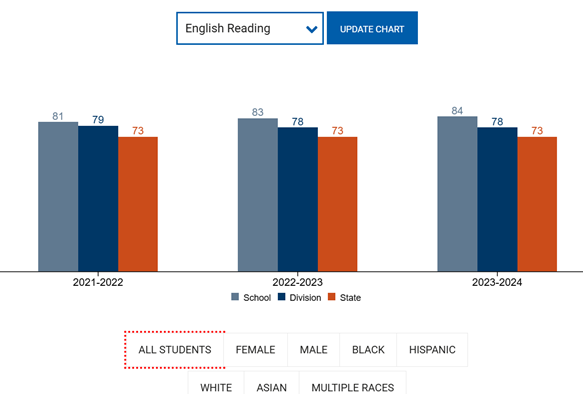
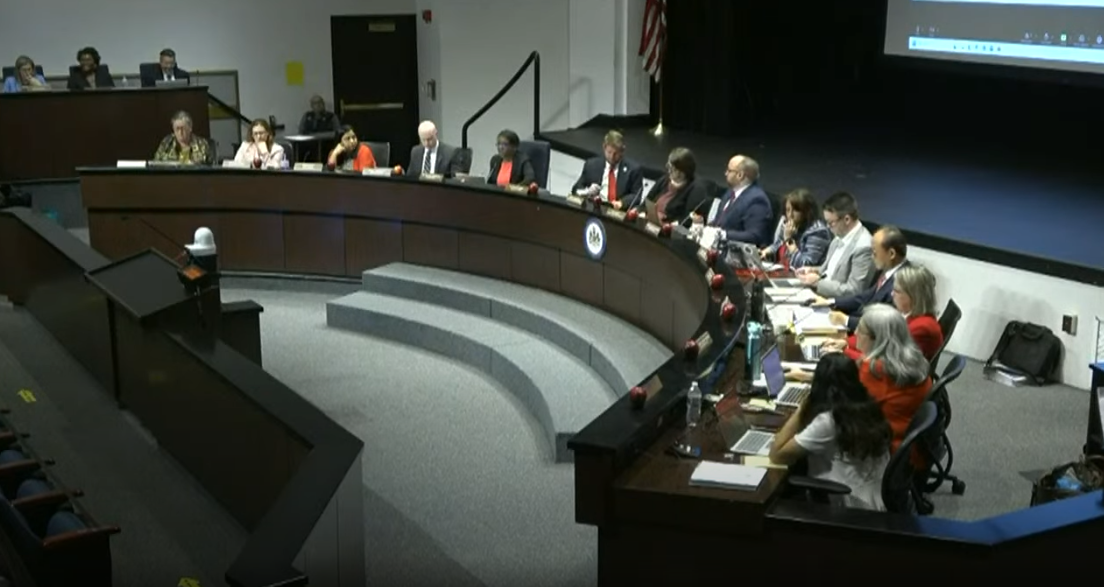













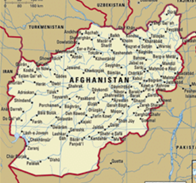


























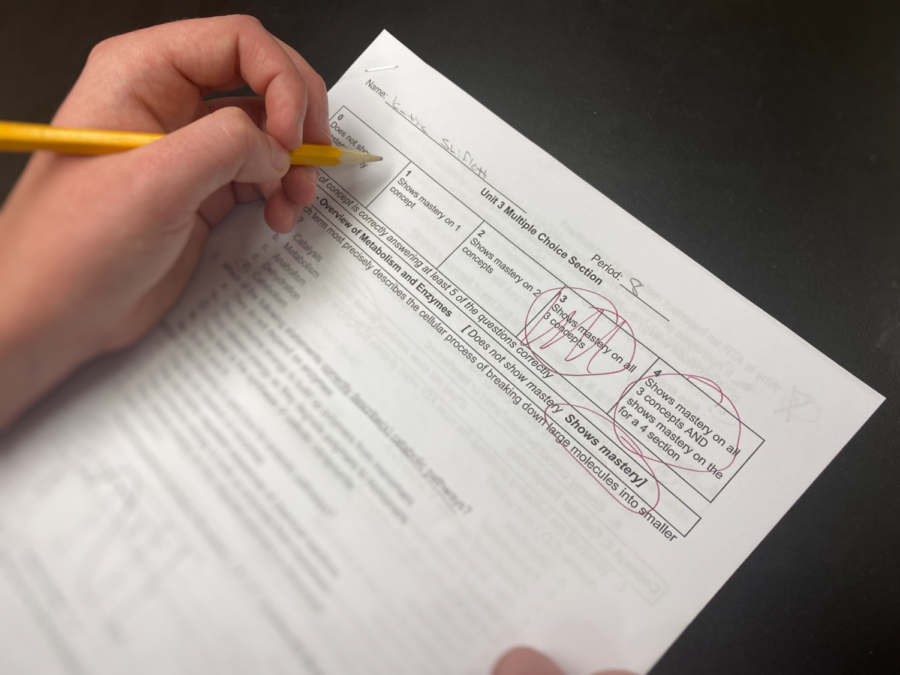


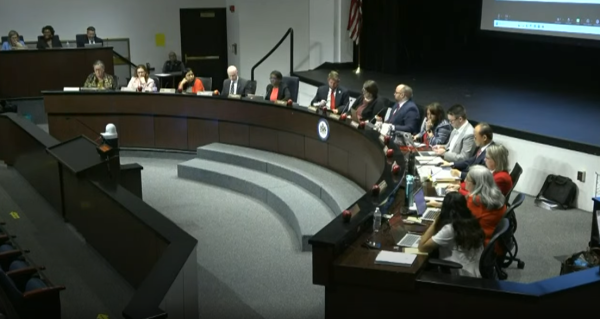




Kenoc • Dec 10, 2021 at 6:51 PM
Re: “Ms. Hubbard says that in order to show mastery, students have to get an 80% or higher” Mastery has to be described, not quantified. 80% is mastery for anything to do with safety but for some skills it impossible, e.g. hitting in MLB. Teachers have to get away from the idea that there is a fixed sale – concepts, skills, and assessments vary in difficulty so you can’t say 80% is mastery on everything!!!!!